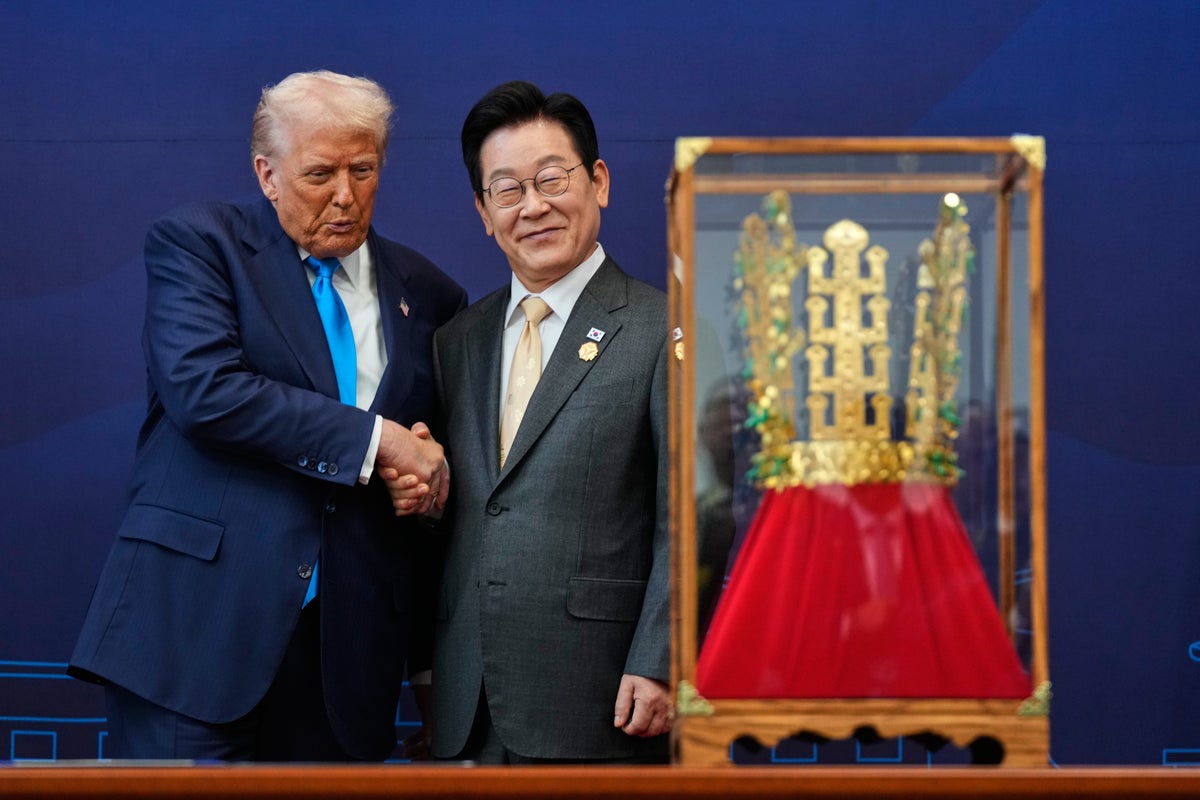
The United States will share closely held technology to allow South Korea to build a nuclear-powered submarine, President Donald Trump said on social media Thursday after meeting with the country’s president.
President Lee Jae Myung stressed to Trump in their Wednesday meeting that the goal was to modernize the alliance with the U.S., noting plans to increase military spending to reduce the financial burden on America. The South Korean leader said there might have been a misunderstanding when they last spoke in August about nuclear-powered submarines, saying that his government was looking for nuclear fuel rather than weapons.
Lee said that if South Korea was equipped with nuclear-powered submarines, that it could help U.S. activities in the region.
U.S. nuclear submarine technology is widely regarded as some of the most sensitive and highly guarded technology the military possesses. The U.S. has been incredibly protective of that knowledge, and even a recently announced deal with close allies the United Kingdom and Australia to help the latter acquire nuclear submarine technology doesn’t feature the U.S. directly transferring its knowledge.
Trump’s post on social media comes ahead of his meeting with Chinese President Xi Jinping, whose country possesses nuclear submarines, and after North Korea in March unveiled for the first time a nuclear-powered submarine under construction. It’s a weapons system that can pose a major security threat to South Korea and the U.S.
As Trump visited South Korea, North Korea said Wednesday it conducted successful cruise missile tests, the latest display of its growing military capabilities.
Pentagon officials didn’t immediately respond to questions about Trump’s announcement on sharing the nuclear sub technology with South Korea.
Trump is set to meet face-to-face with Chinese leader Xi Jinping Thursday, a chance for the leaders of the world’s two largest economies to stabilize relations after months of turmoil over trade issues.
Trump’s aggressive use of tariffs since returning to the White House for a second term combined with China’s retaliatory limits on exports of rare earth elements have given the meeting newfound urgency. There is a mutual recognition that neither side wants to risk blowing up the world economy in ways that could jeopardize their own country’s fortunes.
In the days leading up to the meeting, U.S. officials have signaled that Trump does not intend to make good on a recent threat to impose an additional 100 per cent import tax on Chinese goods – and China has shown signs it is willing to relax its export controls on rare earths and also buy soybeans from America.
Trump went further aboard Air Force One on his way to South Korea, telling reporters he may reduce tariffs that he placed on China earlier this year related to its role in making fentanyl.
“I expect to be lowering that because I believe that they’re going to help us with the fentanyl situation,” Trump said, later adding, “The relationship with China is very good.”
